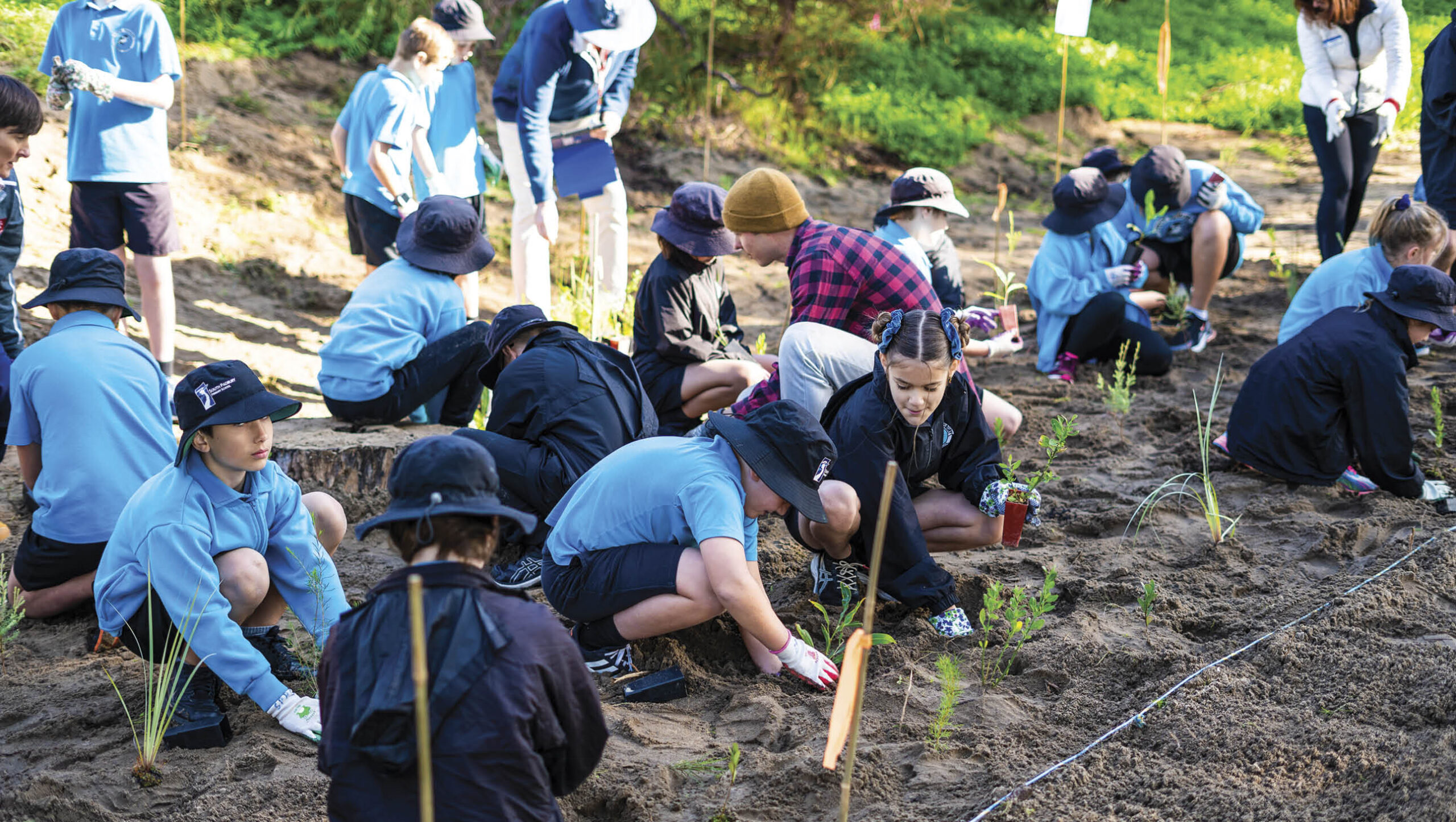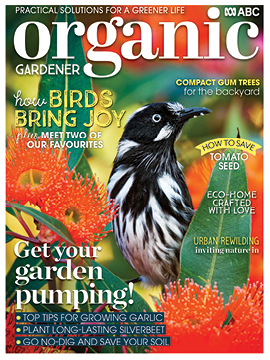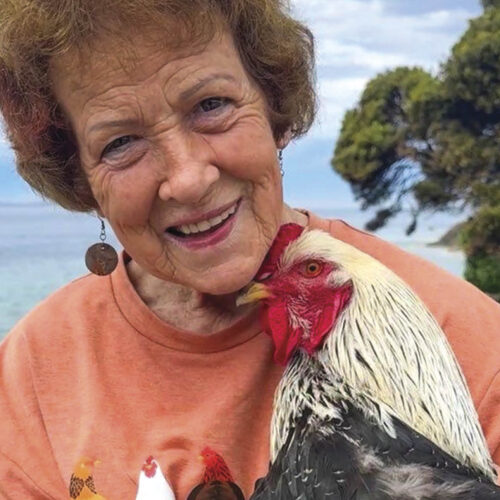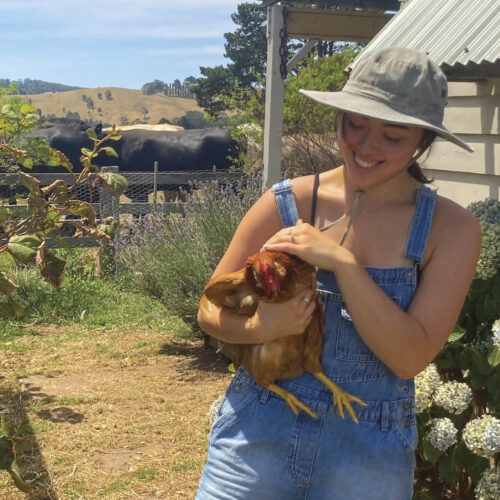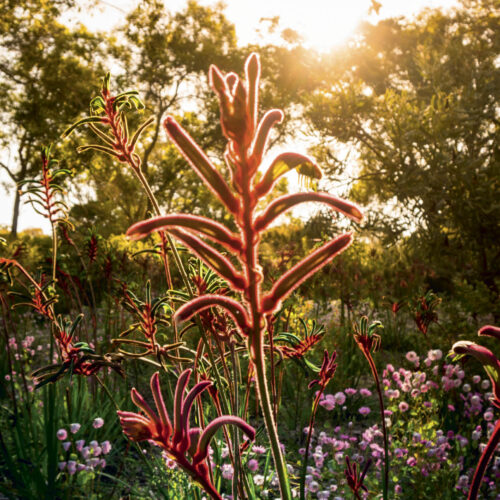Rewilding our schools
2024-01-24T02:31:15+11:00
Urban rewilding is helping nature make a comeback, especially in schools where children get a chance to go 'wild', writes Helen Cushing.
The idea that “nature-deficit disorder” is affecting children was the topic of the 2005 landmark book, Last Child in the Woods by Richard Louv. Research suggests that alienation from nature in the developmental years contributes to attention difficulties, reduced use of the senses, and mental and physical health problems. Our children, as well as the landscape, need rewilding.
The Jane Goodall Institute Australia (JGIA) has a solution – a geography and science curriculum for year’s five and six called ReWild Your School (RYS). Structured into 10 lessons, RYS is a hands-on transformative environmental education program based on investigating and championing local biodiversity.
Each class adopts a local animal as a case study, ultimately providing habitat for that creature. JGIA provides full support, including a handbook, site assessment, workshops, and plants. This purpose-driven program empowers children, building their relationship with nature while equipping them with the understanding and confidence to make environmentally friendly decisions throughout their lives.
Roo poo for mini forests
It’s peaceful in the Perth cemetery where Dr Grey Coupland from Murdoch University collects kangaroo poo for her research. Roo poo is a key ingredient in a microbe-rich compost tea used on her mini-forest research sites in primary schools. With the help of school students, Dr Coupland is researching urban rewilding using the Miyawaki method in Australian conditions.
The Miyawaki method was developed by Japanese botany professor, Akira Miyawaki, in the 1970s. Miyawaki’s focus was on the rapid remediation of degraded urban land with densely planted endemic forest species. Using the restoration of original ecosystems as his goal, Miyawaki targeted post-industrial sites in Japan. In the 1980s his work expanded to South-East Asia, China, and South America, and has now gone global.
The Miyawaki method depends on thorough soil preparation of the entire site, including with mycorrhizal fungi. Selected local species are nursery grown from seed, densely planted, and maintained through the first three years of establishment, after which they are largely maintenance free. Community involvement is fundamental to Miyawaki’s method.
In partnership with Carbon Positive Australia, Dr Coupland’s Miyawaki forest outreach program involves school students in every stage, from composting to soil prep, planting and monthly data collection of growth rates, air temperature, soil condition and animal diversity.
As well as composting school lunch leftovers and shredded paper, the children source kitchen scraps and coffee grounds from local businesses, raising awareness and reducing landfill. Initial soil tests set a base line for comparison with future data. Getting their hands dirty is part of the deal, as kids help spread compost over the site, learning about soils as they go. Children who have never planted anything experience the wonder of carefully removing seedlings from pots, placing them gently in the ground, patting down the soil, watering, mulching, and monitoring their growth over the coming months and years.
Dr Coupland selects schools in heat spot areas due to low canopy cover. The forests will help cool the school while linking patches of remnant vegetation, supporting animals to survive in urban environments. Every forest has an adjacent control. The control sites do not undergo soil remediation but are irrigated. Since 2021, 10 schools have been planted.
“It’s a joy and a privilege working with children in planting and then monitoring their forests and teaching them about their vital role in science and restoring ecosystems”, Dr Coupland says. She’s looking forward to planting four more schools in 2024.
More information
Jane Goodall Institute Australia
Cooling the Schools is Greening Australia’s program assisting school plantings
For Helen’s tips on rewilding your own backyard, get a copy of our Early Autumn 2024 issue (OG 147).

